For better or worse, the school year is beginning online for many students across the country in response to the continued coronavirus pandemic. And while some students may be able to adjust to online learning easily, others, particularly those with learning differences, may have more trouble. Learning from home will provide unique challenges for individuals who work with individualized education plans (IEPs), but there are some steps parents, teachers, and students can take to be prepared for this new school year. ReadSource is proud to provide guidance to parents and students with IEPs to encourage successful online learning.
Starting the School Year Online
When many schools closed unexpectedly earlier in the year, teachers and students struggled to adjust and were unprepared for this sudden transition to online learning. Teachers and schools have now had more time to prepare for online education for this upcoming school year, and students can expect a more organized and structured online experience. However, this preparation does not guarantee learning from home will look or feel like in-person school. Parents, teachers, and students should be ready to adjust their expectations about productivity, schedules, and accommodations that will result from this different way of learning.
Distance Learning with an IEP
Learning from home will work differently for every student, and the ability to participate in distance learning successfully will vary depending on the age, independence, executive function, and attention span of each child. Specifically, distance learning can be a significant obstacle for students who have certain accommodations like a 504 plan or an IEP. Despite the unforeseen challenges that the coronavirus pandemic has highlighted, school districts are still required to provide a free and appropriate public education, also known as FAPE, to all students. FAPE is guaranteed for students with learning differences, like dyslexia, and it ensures that those students who learn with an IEP receive the services they need to learn successfully.
While these services and accommodations may look different with online learning, students must receive the same level of services that they would have received in person. Parents and students may need to work creatively with their teacher to ensure these accommodations are effective. For a student with dyslexia, this may mean the school provides tools to assist with multisensory learning, or a teacher dedicates certain times during the day for one-on-one support.
How Parents Can Advocate for Their Children
First and foremost, parents should learn what accommodations work best for their child and what services they need to learn successfully at home. If they don’t fully understand which interventions work best for their child, parents won’t know how to advocate for them successfully. It’s also important for parents to stay in contact with their child’s teacher and support staff throughout the period of distance learning. IEP meetings should still occur regularly, even if they are virtual, and parents should be ready to ask for copies of any documents they would typically receive during an in-person meeting, including work samples or progress reports. Additionally, parents can encourage their students to remain involved in these meetings and discussions, when developmentally appropriate, so students can practice advocating for themselves.
Learning from home in the face of a pandemic is an unwanted challenge for parents, teachers, and students. And although it can be difficult, distance learning with dyslexia can be successful when all parties work together cooperatively and are flexible as they find effective solutions.
ReadSource is proud to serve as a resource for parents and educators adapting to a constantly changing educational environment. Students with dyslexia will undoubtedly face obstacles as they begin learning from home, but with support from their parents, teachers, and schools, dyslexic individuals can continue building on essential reading and language skills. The team at ReadSource supports parents, educators, and members of the dyslexic community throughout this time of distance learning and will continue to provide resources when teachers and students return to the classroom.
This blog was written with contributions from Allison Vrolijk.








Leave a Reply